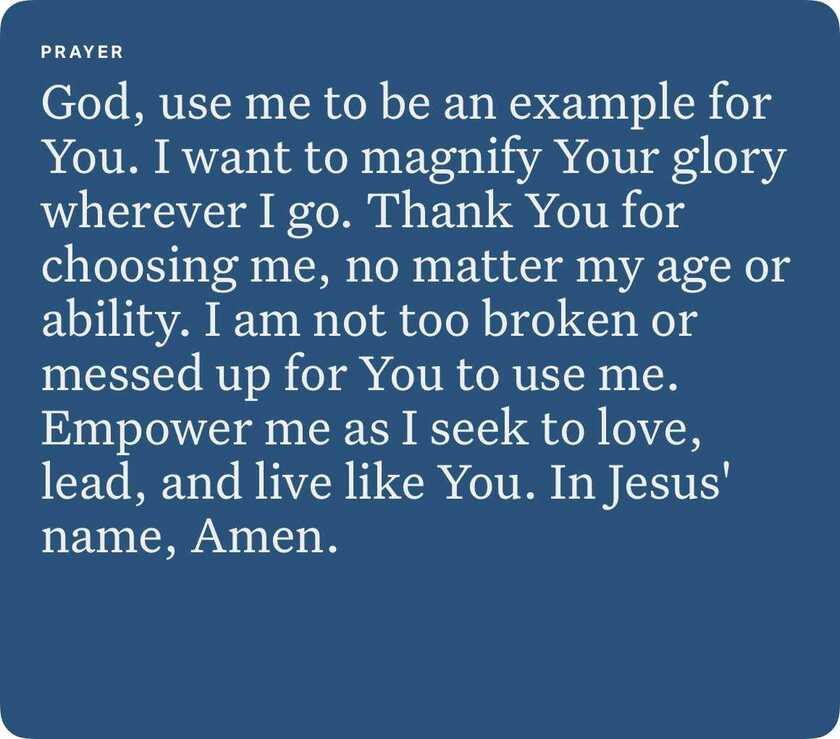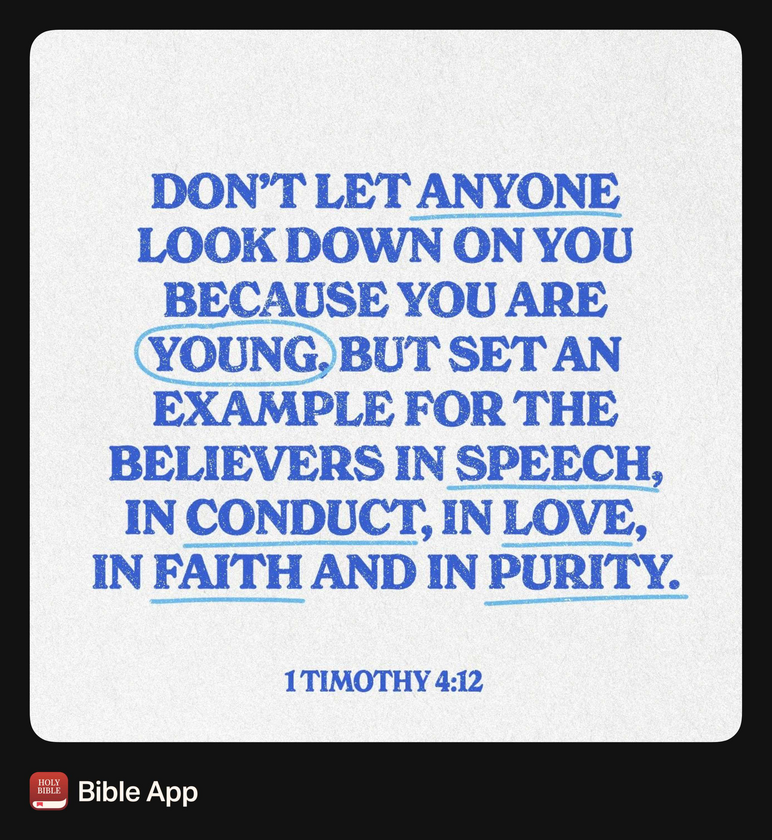I will share about Christian books I have read or listened to.
I will be sharing about my life before and after Christ. I will include stories about my pet and other pets I have encountered.
She Saw the Lord
Mary Magdalene is one of the most well-known women from the Bible. She was with Jesus through much of His ministry, to the end of His life and after His resurrection. The first time we meet Mary in Scripture, Jesus has already worked a miracle in her:
“...Jesus traveled about from one town and village to another, proclaiming the good news of the kingdom of God. The Twelve were with him, and also some women who had been cured of evil spirits and diseases: Mary (called Magdalene) from whom seven demons had come out…”
Luke 8:1-2 (NIV)
Imagine feeling helpless, tormented, hopeless. Indescribably crushed under the oppressive weight of evil and without any way out. You may not need to imagine it–you might already identify with what Mary was going through.
But then, Jesus came and set Mary Magdalene free.
In a moment, He relieved her of her torment. She was healed. And she saw Him. She followed Him. From a distance, she watched the crucifixion as her Savior gave His life for all (Mark 15:40). And then, she saw where he was laid (Mark 15:47).
Ever faithful, Mary Magdalene and two other women who followed Jesus rose early in the morning and went to anoint Jesus’ body.
But there was no one there.
At this empty tomb, Mary wept in grief thinking Jesus had been taken away. But then she heard Jesus’ voice:
“Jesus said to her, ‘Mary.’ She turned towards him and cried out in Aramaic, ‘Rabboni!’ (which means ‘Teacher’).”
John 20:16 NIV
Jesus then trusted her with an important task. “Go instead to my brothers and tell them, ‘I am ascending to my Father and your Father, to my God and your God” (John 20:17 NIV).
The news of Jesus’ resurrection took flight through Mary Magdalene, the woman who had once been crushed by suffering. Of all the people He could have chosen for this moment of glorious discovery and critical communication, He chose her.
And she went to the disciples with the very same news that had changed her life to begin with: “I have seen the Lord!” (John 20:18 NIV).
Be the Example
Have you ever felt too young—or too old—to do something important? Too small for a big job? Too inexperienced to contribute something meaningful? Too underqualified to make a real difference?
In the book of 1 Timothy, which is a God-inspired letter from Paul to his “son in the faith,” Timothy, Paul equips and encourages Timothy in things like doctrine, leadership, and living out the ways of God. He writes:
“Don’t let anyone look down on you because you are young, but set an example for the believers in speech, in conduct, in love, in faith and in purity.”
1 Timothy 4:12 NIV
If you’ve ever felt too young, remember that God has purposefully put you here, at this specific time in history. He desires to use your passion, drive, vision, energy, and ideas to magnify His glory. You see things from a unique vantage point, and that is a great thing.
If you’ve ever felt too old, remember that God has purposefully put you here, at this specific ...















